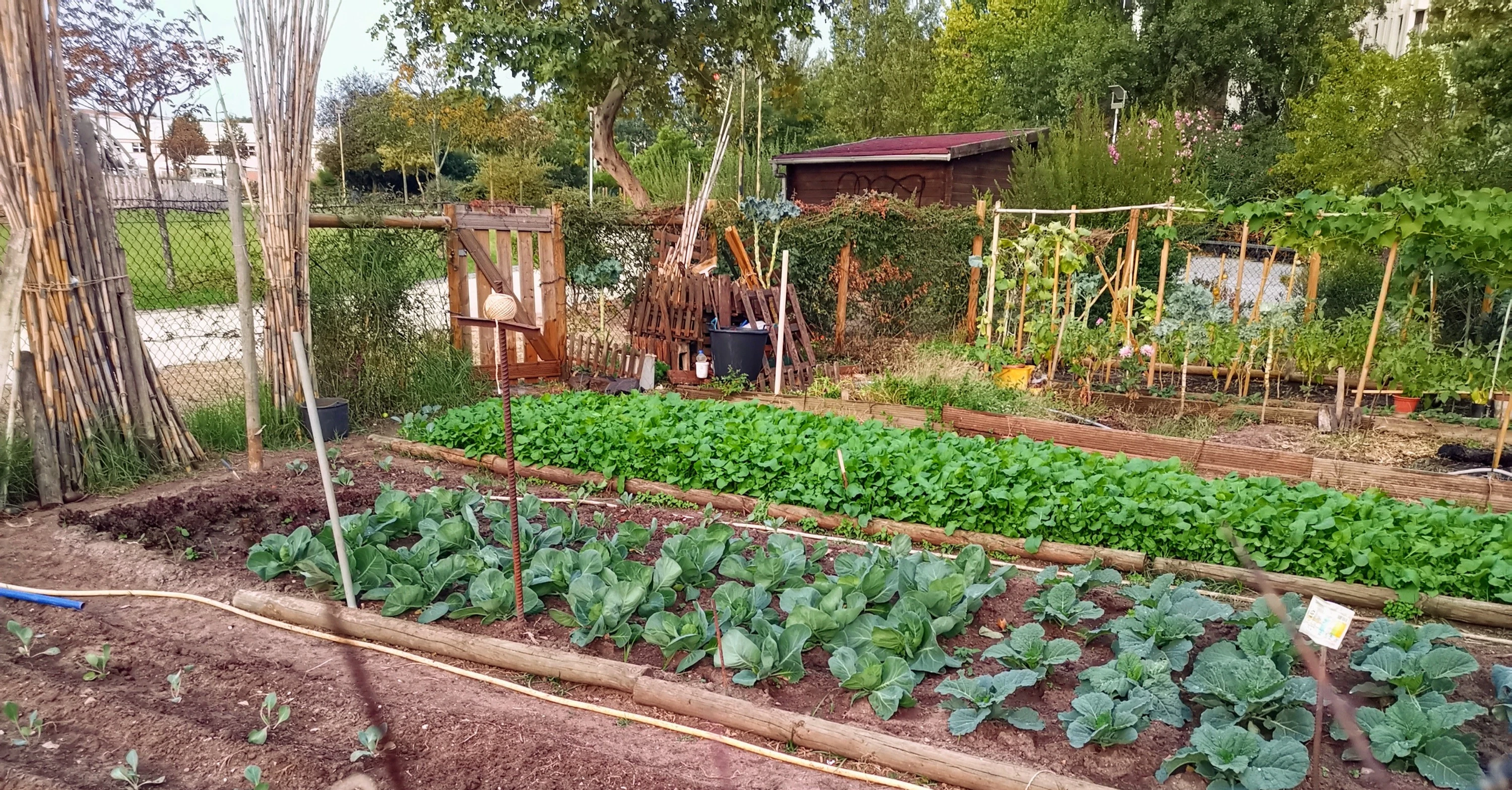Mid to Late March: Seeds
It's time to double down on preparations for a strong veggie garden this summer.
Today we will take a close look at tips and tricks for starting seeds inside and keeping them healthy. We’ll also discuss what can be planted straight in the ground outdoors this week. We will continue this dual-track format, covering each week’s indoor and outdoor tasks, for the next few posts.
Now is the time to set the stage for a bountiful harvest all summer. Put yourself on track for learning about and caring for seedlings now, and prepare to reap the rewards as April showers give way to May spinach, June snap peas, and juicy July tomatoes.
Don’t forget to check out the exciting links and resources included at the bottom. Our favorite this week: Ben and Erica Falk teach us how we can turn our homes into oases of food security and natural medicine for times like these— definitely worth a look.
,Also watch this 5-minute seed-starting video; it is a wonderful overview of the whole process for beginners or returning experts. We’d be hard-pressed to distill this blog into 5 minutes more clearly or concisely. Click the link now and check it out!
Now let’s see what we should be up to for garden preparations indoors and outdoors this week.
Indoors
What seeds are good to start in this time window? If we look out to May 15 - 22, which is the last frost for most of Cape Cod, and count back 6 weeks, we land on this week. So all those seed packets that say “start inside 6 weeks before the last frost” should be started now. These include many flowers, tomatoes, eggplants, peppers, and all the brassicas (cabbage, broccoli, etc.)
In the video linked above, they put the seeded tray in a plastic bag. This is to keep the soil evenly moist to aid in germination. But it can also cause a condition called damping off. Here is a short video to learn about damping off and how to avoid it. Check your bagged trays often and take them out of the bag as soon as you see that some of the seeds have begun germinating.
Also, to keep your seedlings from damping off, always water from underneath. Have a tray below the pots that you put your water into; it will soak upward into your pots.
Maybe you’ve started some seeds already, or maybe this is the week you start. Either way, you’re still on track toward homegrown food and medicine.
Outdoors
Looking outside, there’s plenty that can be planted directly into the ground or a container (or transplanted if you already started them indoors). These include many of the seeds we mentioned last week:
Peas
Spinach
Kale
Chard
Lettuce
Carrots
Beets
Potatoes
If you pick only two this week, try to get your peas and spinach in. They like the cool spring weather and need to be well-established before the summer heat sets in.
To Recap Today’s Essential Concepts:
Timing when you start seeds based on the weather (i.e., peas and spinach need cool weather to grow outdoors) and how old indoor seedlings should be for transplanting after the last frost.
Balancing soil moisture is important when seeds are germinating. The soil should be moist but not soaking wet. To ensure this, check your trays twice daily.
Keeping seeds warm by adding a heat mat will increase your germination rates.
Coming up
In the next few weeks, as your seedlings sprout and take off, we’ll cover more essential concepts and strategies for maximizing their growth and making things easier for you. Check back to learn more about lighting and seeding rack design, moisture regulation and creating the perfect conditions for seedling happiness, avoiding common threats and diseases, and preparing your seedlings to transition for transplanting outdoors.
Resources
Have you ever thought about making your own sprouts for an added crunch and boost of nutrition on your next sandwich? It applies similar concepts to seed-starting, and it’s so easy! Check it out.
Deep Dive
Whether you dream of homesteading on 10 acres or just want to devote a small space to increasing your family’s access to homegrown food and medicine, this webinar hosted by Ben and Erica Falk of Whole Systems Design in Vermont’s Mad River Valley has something for you. They leave no stone unturned in discussing how we can apply permaculture principles to our land to support ourselves in a crisis and the sunnier days ahead.






